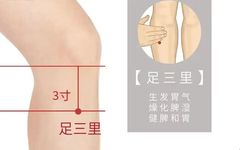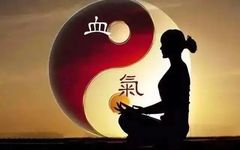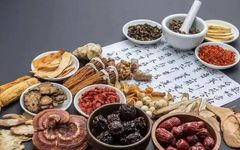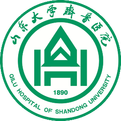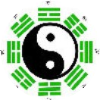Strategies for Nourishing Qi in the Five Organs: Liver, Heart, Spleen, Lung, and Kidney Qi Deficiency
Full of vitality and energy is a sign of good health, while Qi deficiency not only leads to fatigue but also affects the function of related organs, causing various health issues.The manifestations of Qi deficiency in the five organs are distinct, and appropriate adjustments are necessary to replenish their Qi. 1. Liver Qi Deficiency The … Read more




